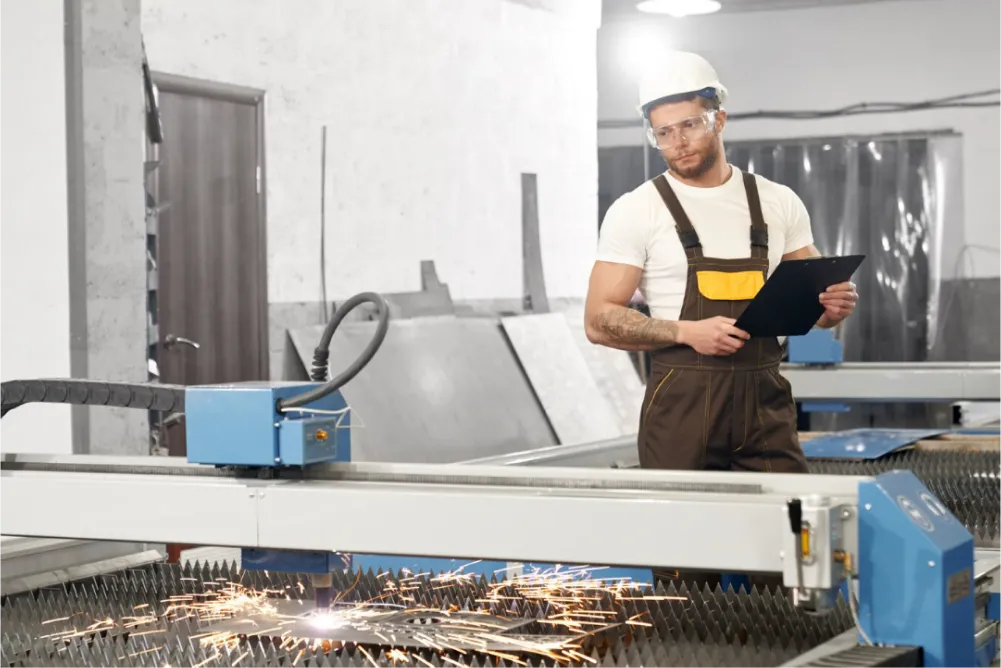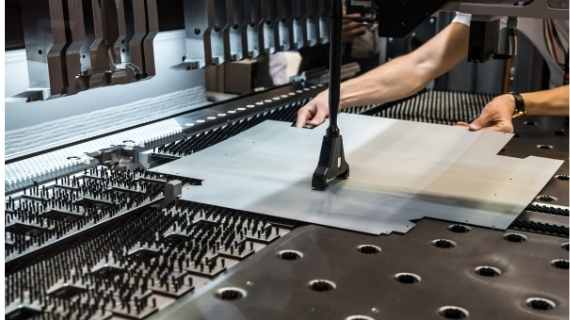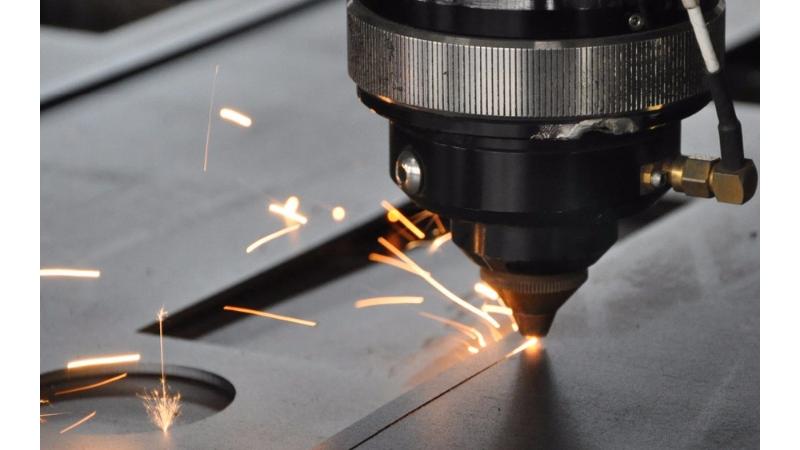In today’s ever-evolving manufacturing world, stamping die sensors have become critical components in ensuring precision and efficiency. These sensors are integral in reducing errors and increasing productivity in industrial settings. By understanding how they work and their benefits, manufacturers can significantly enhance their operational efficiency.

The Basics of Stamping Die Sensors
Stamping die sensors are devices that help monitor and control the stamping process. They are essential in detecting any irregularities or malfunctions during the operation. By providing real-time data, these sensors enable manufacturers to make timely adjustments, ensuring the production of high-quality components.
How Stamping Die Sensors Work
The primary function of these sensors is to gather data from the stamping process. They measure various parameters such as force, position, and speed. This data is then analyzed to ensure that the stamping operation runs smoothly. Any deviation from the set parameters can trigger alerts, allowing operators to intervene before any damage occurs.
Types of Stamping Die Sensors
There are several types of sensors used in stamping dies, including pressure sensors, proximity sensors, and load sensors. Each type serves a specific purpose, and manufacturers often use a combination to achieve optimal results. For example, pressure sensors monitor the force applied during stamping, while proximity sensors detect the position of various components.
Benefits of Implementing Stamping Die Sensors
The implementation of stamping die sensors offers numerous advantages:
- Increased Precision: By providing accurate data, sensors help in fine-tuning the stamping process.
- Reduced Downtime: Early detection of issues minimizes machine downtime. Learn more about reducing downtime.
- Cost Savings: Preventing errors reduces waste and material costs.
Integration with Modern Manufacturing Systems
Incorporating stamping die sensors into modern manufacturing systems is straightforward. With advancements in technology, sensors can be easily integrated with existing machinery. This integration not only improves efficiency but also enhances the overall safety of the operations.
Real-World Applications
Many industries, including automotive and consumer electronics, rely heavily on stamping die sensors. For example, in the automotive industry, these sensors ensure that components are manufactured to precise specifications, which is crucial for vehicle safety and performance. Explore more on consumer electronics.
Challenges and Considerations
While the benefits are clear, there are also challenges in implementing these sensors. Manufacturers must ensure that they choose the right type of sensor for their specific needs. Additionally, regular maintenance and calibration are necessary to maintain sensor accuracy.
The Future of Stamping Die Sensors
As technology advances, the capabilities of stamping die sensors will continue to grow. Future sensors are expected to offer even greater precision and data processing capabilities. This evolution will further revolutionize the manufacturing industry, making processes more efficient and cost-effective.
Conclusion
In conclusion, stamping die sensors are invaluable tools in the manufacturing industry. Their ability to provide real-time data and improve process efficiency makes them a critical component in modern manufacturing. By understanding and implementing these sensors, manufacturers can ensure high-quality production and remain competitive in the industry.

FAQs about Stamping Die Sensors
1. What are the main types of stamping die sensors?
The main types include pressure sensors, proximity sensors, and load sensors, each serving specific monitoring purposes.
2. How do stamping die sensors improve manufacturing efficiency?
They provide real-time data that helps in detecting and correcting errors quickly, reducing downtime and waste.
3. Can stamping die sensors be integrated into existing systems?
Yes, they can be easily integrated with existing machinery, enhancing both efficiency and safety.
For more detailed information on how metal stamping works, you can visit Marlin Wire’s guide.
This article contains affiliate links. We may earn a commission at no extra cost to you.

